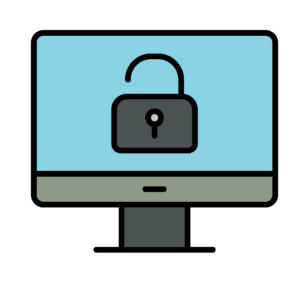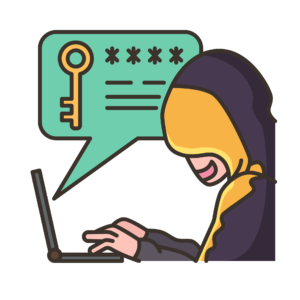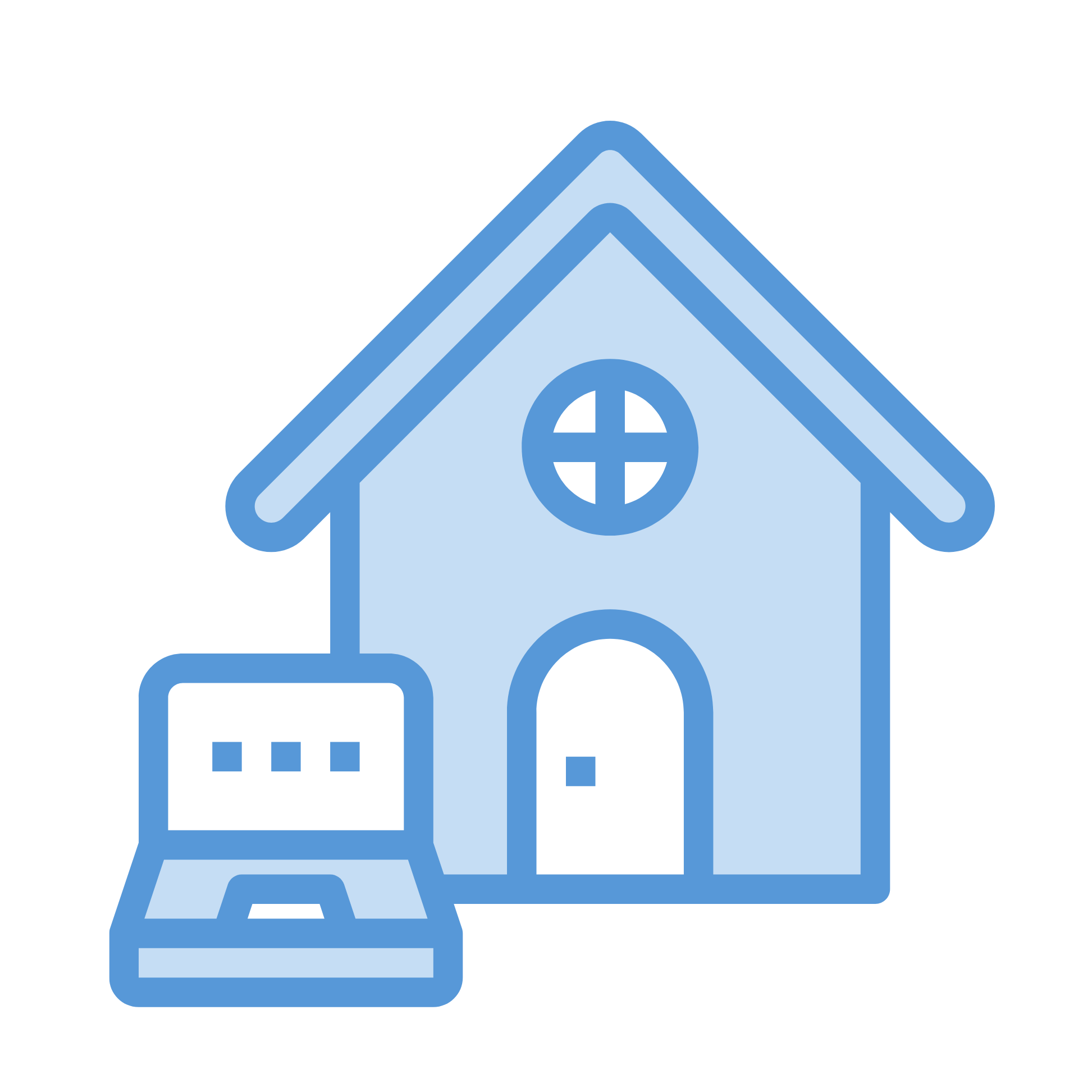
Working from home (WFH) has become a popular and prevalent practice globally. Remote working can provide more flexibility, enhance job performance, and improve work-life balance but there are potential security risks associated with it.
When the COVID-19 pandemic necessitated working from home, information security became an even more significant concern for companies everywhere.
The need for more stringent and robust cybersecurity to safeguard remote-working staff and protect company information has meant that organizations need more innovative approaches to ward off potential threats, such as putting in a zero-trust framework and identity-centric programs.
Biggest Threats to Information Security While Working from Home.
During Covid-19, there has been a rise in what we call “social engineering attacks.” These include phishing, SMS attacks, and scam calls. In 2021, security experts saw a rise in these attempts, which continued into 2022.
Many individuals struggle with computer security. Working from home pushed this issue to the forefront; flawed security procedures and weak defenses in cloud applications make a company that facilitates remote work an attractive target for a malicious attacker.

1. Unsecured Internet Connectivity
Personal networks that lack adequate security are a significant contributor to the rise in cyber threats that follow remote work. Workers are likely to update their personal devices and virus protection, but they often forget to do so for their home routers. When remote routers are not routinely updated, they are prone to security holes that might result in data leaks.
Corporate networks tend to be equipped with firewalls that analyze traffic and prevent illegal practices, but household routers may lack a firewall, leaving a network vulnerable to attacks.

2. Weak Passwords
A company’s remote network might still be vulnerable to cyber attacks even if it employs VPNs, firewalls, and other forms of software protection. That is often down to human error, such as workers securing their accounts with simple passwords.
Cyber attackers use several methods to decipher passwords. For example, they will build lists of frequently used passwords that may be exploited to get easy access to accounts with inadequate security.
The use of recurring passwords is another unsafe technique often exploited by hackers. After cracking the password for one account, hackers will attempt to access additional accounts using the same credentials. Employees who reuse passwords, particularly between personal and professional accounts, are more likely to have their work accounts compromised.

3. Excessive use of Online Tools
Organizations are far more vulnerable to cyber threats due to a growing dependence on technology and internet tools. Online tools and services like Teams, Zoom, Hangouts, and Asana, are used to perform an increasing number of activities, in addition to emails, uploads, chat logs, and cloud storage. It certainly provides cybercriminals with an additional gateway to corporate accounts.

4. Sharing Unencrypted Files
Organizations might think to encrypt data stored on their network, but fail to encrypt data sent from one location to another.
Since workers often exchange sensitive data like customer account details, corporate files, and more, you must take precautions to prevent cybercriminals from gaining access to this data. Loss, identity theft, ransomware attacks, and other crimes may result from the exposure of confidential firm data.
Conclusion
Remote and freelance working is here to stay, and it’s possible to maintain the same level of security as an office with a high-tech fence around it.
Freelancers and those who work from home have unique challenges regarding securing themselves and their data online. Some of us have in-house IT departments to protect our networks, but freelancers must rely on their own wits and industry standards.
The best way to protect oneself remotely is to install security patches, secure your network, and stay away from phishing sites. However, employing open-source tools and encrypting your information are significant steps for security-conscious remote workers.

